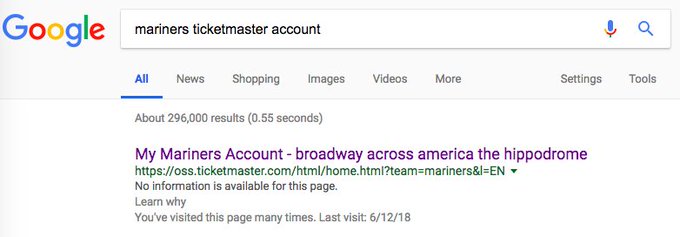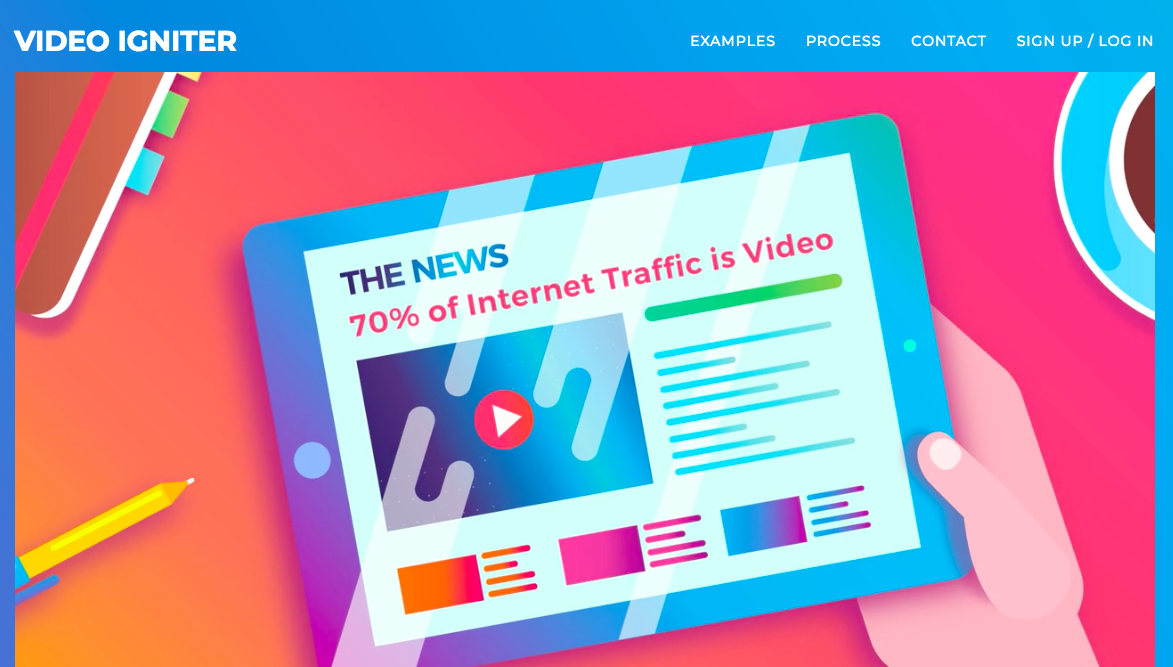Doing what I do, I have the privilege to engage with a number of marketing professionals who are among the best of the bunch. Upon reflection, I realized that some of the things we talk about may also be of interest to people who stumble upon this blog. Thus, I am starting a new series called, “What Marketers Need to Know.” And yes, I know we need a catchier title.
Each article in this series will feature a semi-deep dive into a topic area marketers need to understand. The answers will come from an industry expert who speaks from real-world client experience. To start the series off, I asked my friend Elizabeth Case of Yellow Dog Consulting to give us some real-time thoughts on Email Marketing.
Topic 1: Email Marketing – Elizabeth Case, Yellow Dog Consulting
 Q1) As you look back at 2017, with what kind of strategies or tactics did your clients find the most success?
Q1) As you look back at 2017, with what kind of strategies or tactics did your clients find the most success?
Elizabeth: Simple word – Newsletter.
I will forever be a broken record on this and I am OK with it! Consistency is key in email marketing. If I only ever hear from you when you have a product or workshop to sell me, that’s not going to work. I had one client who at the end of 3 months wanted to wrap up because they weren’t getting registrations for their workshop. I wasn’t aware that was the goal of their newsletter and if you read the newsletter, you wouldn’t have either! I’m not saying don’t offer a product or service, you can do that on occasion, but you must earn the right to be heard first.
Also, make sure you have good systems in place. One successful client includes a simple “sign up for a free 30 minute consult” link in the end of her monthly newsletter. It goes to a page to schedule on their calendar. Not 15 steps back and forth for a prospective client – one click, two clicks, boom – new lead ready to talk to them. Every month they get a new (or returning) client from their newsletter.
Another good system is automation…“Click here to download…” and then have that system automated. Don’t worry about it. I have 3 offers in the footer of my newsletter (yeah that may be too many, I’ll work on it) and they are automated so I don’t have to worry about it.
Q2) Now as you look ahead to 2018, what strategies and tactics will you change? What will you do more or less of?
Elizabeth: So far in 2018 I’m seeing a lot of folks automate their processes which is GREAT! You created an awesome program or free download on your website – let’s get that system working for YOU. Nurture and educate these leads so you can keep doing what you love each day.
One conversation I often have with clients is about frequency. Do I really need to hear from you once a week? I don’t have time for that. And I certainly don’t have time for it at 10 AM on a Tuesday when I’m in the middle of my work day. Depending on what you do, I may have time for it in the evening or weekends or over my lunch break. But if you’re sending me something daily or weekly it better be damn good or I will find that unsubscribe button really fast…
There are newsletters that I look forward to receiving each month and ones that I delete each week because it’s too frequent. You know your audience and if the open rates are there then fantastic, but if you’re hovering under 20% it’s time to reconsider if your schedule and frequency are really working for you.
Q3) How important is a lead nurturing campaign? At what point do you move your clients from a standard newsletter to a customized drip campaign?
Elizabeth: Lead nurturing campaigns are awesome depending on the size of your company. It may not make sense for a solo-prenuer or a small business with just a couple sales folks to have a big drip campaign setup. But if you have systems in place, as you grow you can start to automate that nurturing.
You have to use your campaign software, it will tell you when to start dripping. If you aren’t reading reports after each campaign is sent, you’re missing out on the MOST valuable information about your content. What links do they continue to click? How many of the last 10 campaigns have they opened? What are their demographics? If someone is constantly opening and engaging with your content, it’s time to start nurturing that contact. You don’t want to leave low hanging fruit out their to dwindle away and hire the competition. Start to pay attention to frequency and build a plan around it.
And when that nurture is done – make sure they continue to hear from you on a regular basis so you stay top of mind for them to either hire you again or refer you to a colleague.
Q4) If a company is just getting an email marketing program off the ground, what tools or technologies would you suggest they invest in?
Elizabeth: I’m always a big fan of MailChimp, especially when you’re just starting out. They offer free automation and are perfect for a small and growing company (and your contact lists). If you’re a larger company you can’t go wrong with HubSpot. It will help you integrate and automate so your teams aren’t stepping on each others toes which is always a safe move!
Email marketing continues to be one of the best and most intimate communications you can have with a potential client. If you aren’t taking advantage of all those contacts in your CRM you’re missing out on a LOT of fantastic and low hanging fruit just waiting to be reminded, or introduced, to how awesome you are.
===================
If you’re struggling with your email marketing, you should chat with Elizabeth. And if you have some topics you’d like to see next, let me know. I’ll be asking my marketing friends to share their insights.





